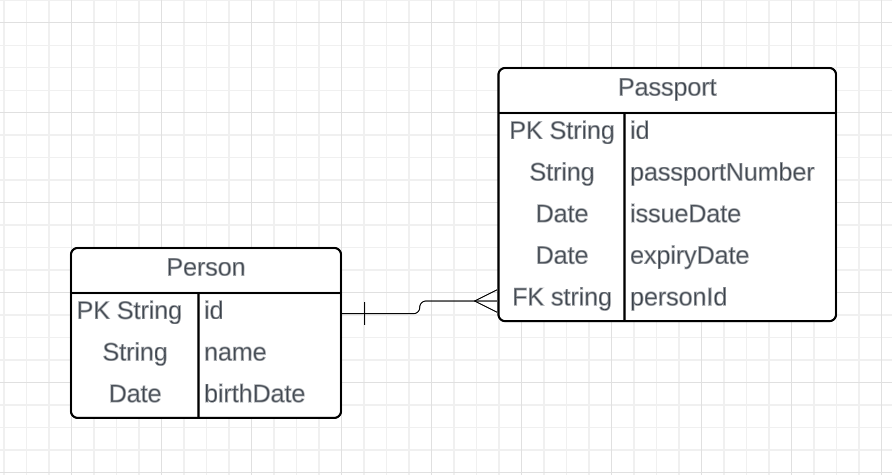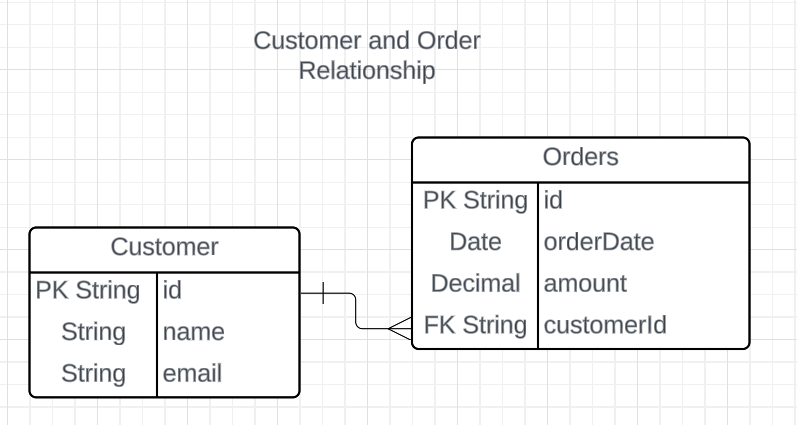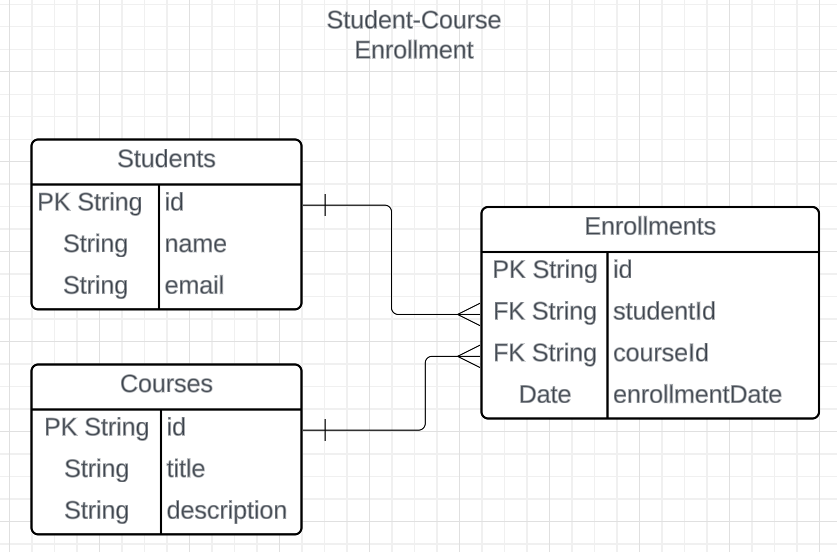Activity #15: Research Cardinality in Entity-Relationship Diagrams
 Monette Nicolas
Monette NicolasIntroduction
Cardinality is a critical concept in Entity-Relationship Diagrams (ERDs) that describes the relationship between entities in a database. It defines how many instances of one entity can or must be associated with instances of another entity. Understanding cardinality is essential for designing databases that accurately reflect the relationships among different entities, ensuring that the database structure supports the required data integrity and business rules.
Types of Cardinality
Cardinality in ERDs can be categorized into three primary types, each representing different relationships between entities:
1. One-to-One (1:1)
In a one-to-one relationship, a single instance of an entity is associated with a single instance of another entity. This means that for each record in one table, there is only one corresponding record in the related table.
Example:
- A
Personentity might have a one-to-one relationship with aPassportentity, where each person has only one passport and each passport is issued to only one person.
- A
Diagram Representation:

2. One-to-Many (1)
In a one-to-many relationship, a single instance of an entity can be associated with multiple instances of another entity. However, each instance of the second entity can be associated with only one instance of the first entity.
Example:
- A
Customerentity can have multipleOrders, but each order is placed by only one customer.
- A
Diagram Representation:

3. Many-to-Many (M)
In a many-to-many relationship, multiple instances of one entity can be associated with multiple instances of another entity. This relationship often requires a junction (or associative) table to manage the associations.
Example:
- A
Studentcan enroll in multipleCourses, and each course can have multiple students.
- A
Diagram Representation:
Junction Table Example:
To represent a many-to-many relationship, a junction table called Enrollment might be created:

Importance of Cardinality in Database Design
1. Data Integrity
Cardinality helps maintain data integrity by defining how data can be related and ensuring that relationships are enforced within the database.
2. Normalization
Understanding cardinality is essential for database normalization, which aims to reduce data redundancy and improve data integrity by organizing fields and tables appropriately.
3. Effective Queries
Clearly defined cardinality allows for more efficient and accurate queries, as the relationships between entities are well understood and documented.
4. Business Rule Enforcement
Cardinality represents business rules within the data model, ensuring that the system reflects real-world constraints.
Summary of Cardinality Symbols
| Cardinality Type | Symbol/Notation | Description |
| One-to-One | 1:1 | Each instance of one entity is related to one instance of another entity. |
| One-to-Many | 1 | Each instance of one entity can relate to multiple instances of another entity. |
| Many-to-Many | M | Multiple instances of one entity can relate to multiple instances of another entity. |
Subscribe to my newsletter
Read articles from Monette Nicolas directly inside your inbox. Subscribe to the newsletter, and don't miss out.
Written by
